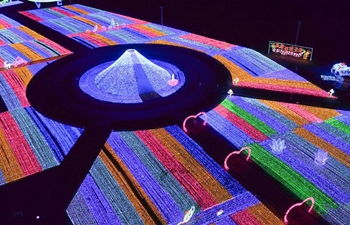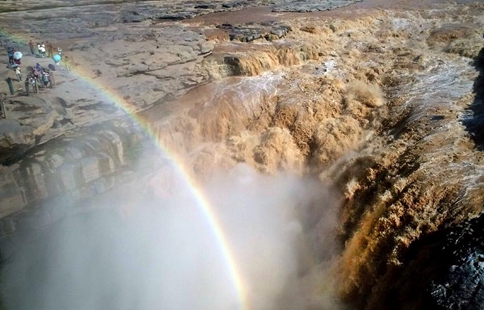NEW DELHI, July 14 (Xinhua) -- Indian scientists claimed to have discovered a supercluster of galaxies that exists some 4 billion light years away from the Earth and is as big as 20,000 trillion suns.
A team from the western city of Pune's Inter University Center for Astronomy and Astrophysics (IUCAA) has named the supercluster Saraswati and published its findings in the latest issue of The Astrophysical Journal, an international publication.
"Since the light from this galaxy has just reached us, we will be able to study how it (galaxy) was in the past," the scientists said.
The IUCAA said Friday that this is one of the largest-known structures in the neighborhood of the universe, roughly over 10 billion years old and contains over 10,000 galaxies in 42 clusters.
Saraswati's mass extends over the scale of 600 million light years, said the scientists.
"We were very surprised to spot this giant wall-like supercluster of galaxies, visible in a large spectroscopic survey of distant galaxies, known as the Sloan Digital Sky Survey," said Joydeep Bagchi from IUCAA, the lead author of the paper.
"This supercluster is clearly embedded in a large network of cosmic filaments traced by clusters and large voids," he said.
"Our work will help to shed light on the perplexing question: how such extreme large scale, prominent matter-density enhancements had formed billions of years in the past when the mysterious dark energy had just started to dominate structure formation," the author added.
Scientists of this institute hogged media limelight last year for their pathbreaking discovery of gravitational waves.
Superclusters are the largest coherent structures in the cosmic web. There are an estimated 10 million superclusters in the observable universe.
Our Milky Way galaxy is a part of more than 54 galaxies which falls within the Local Group cluster, which in turn is a part of the Laniakea Supercluster that spans more than 500 million light years.

















